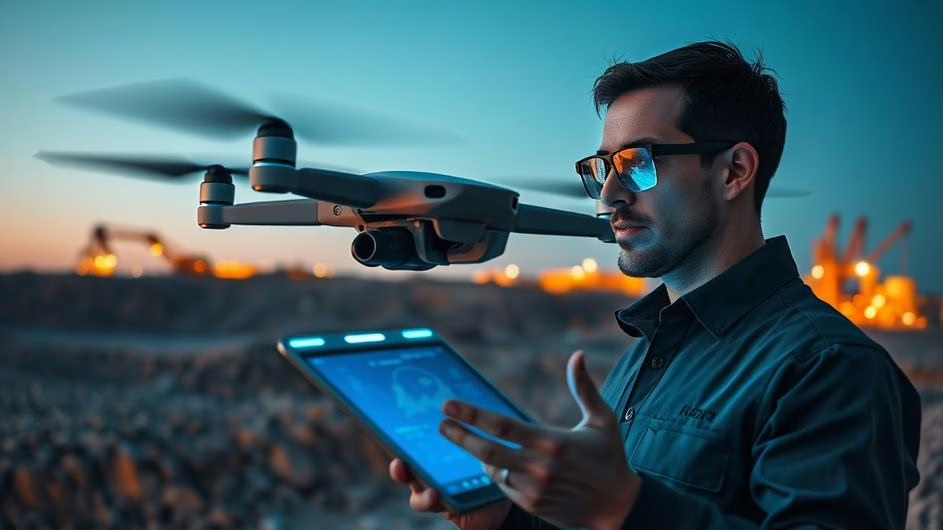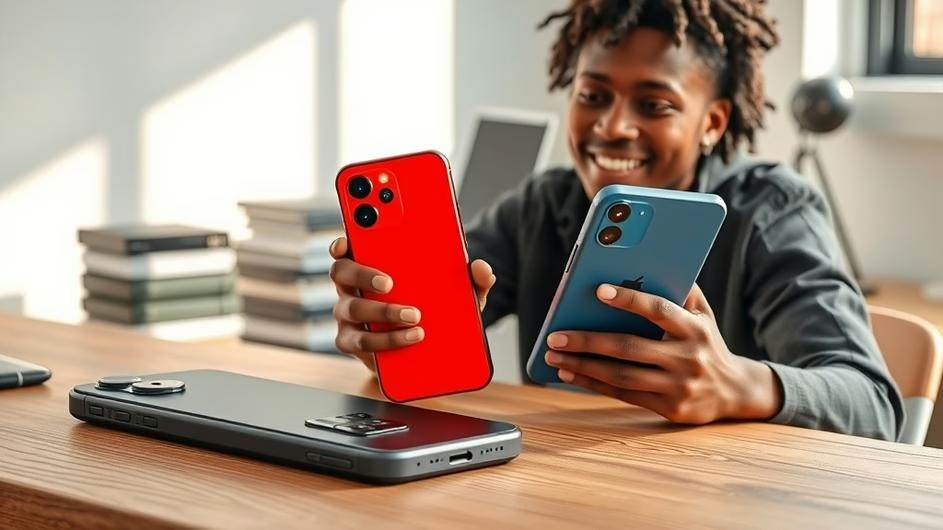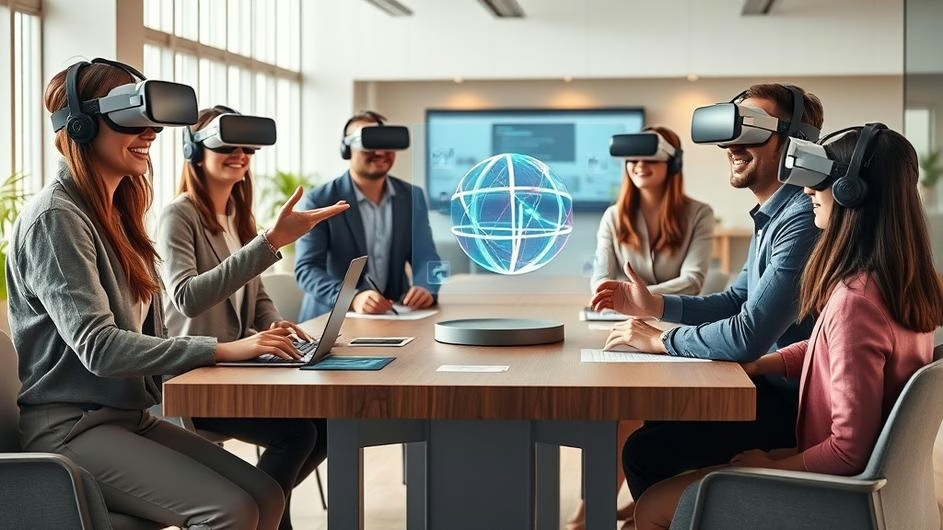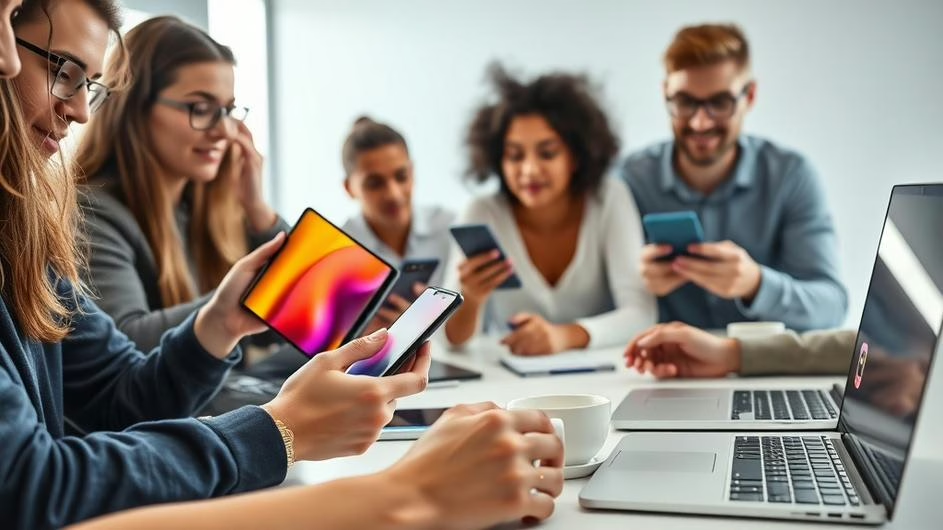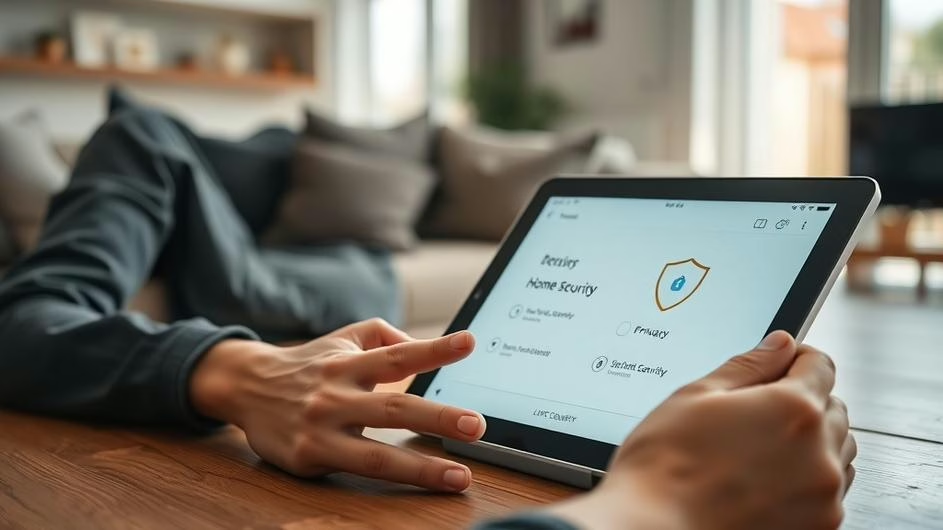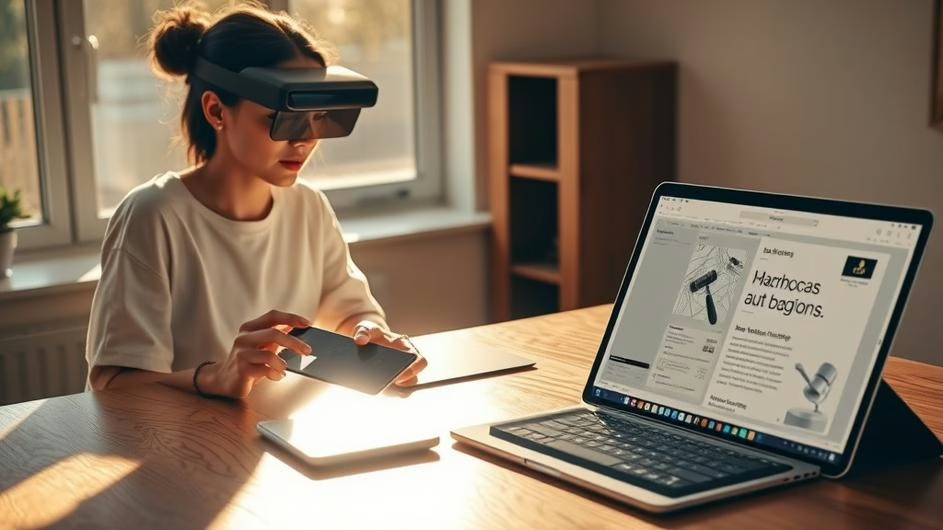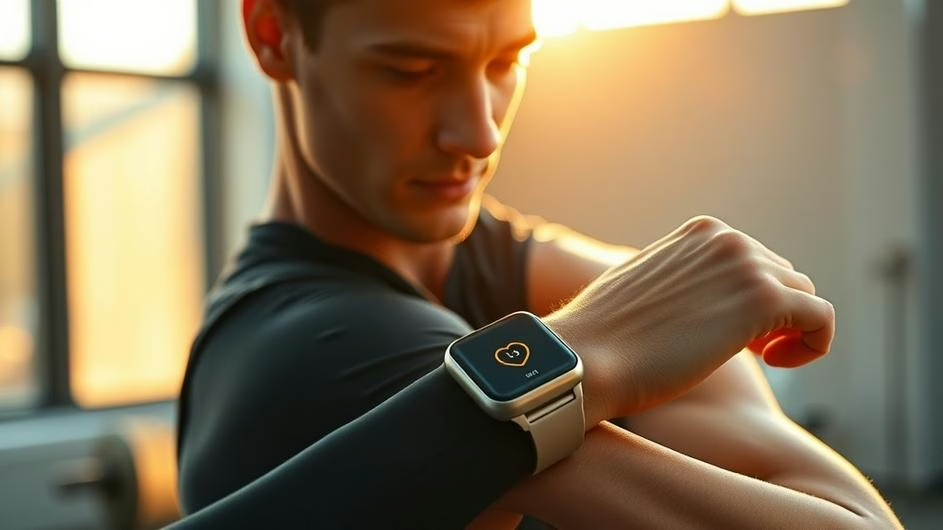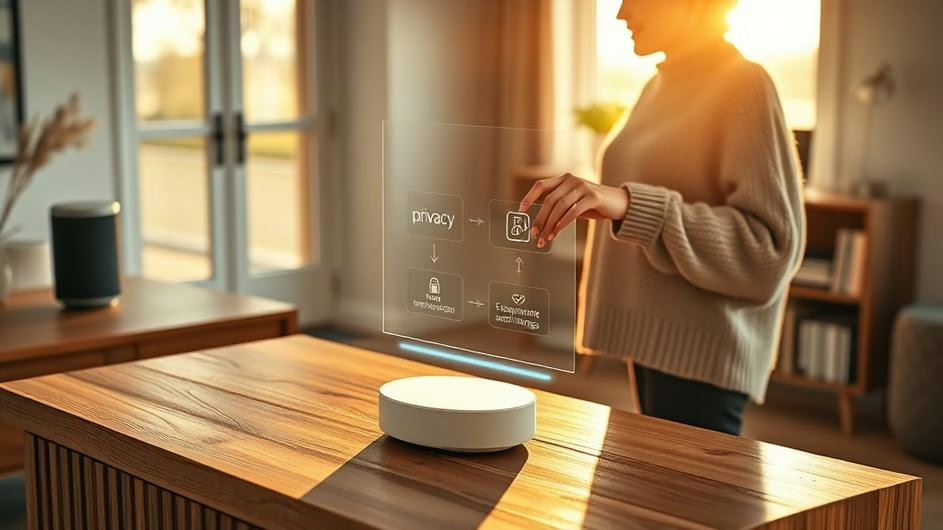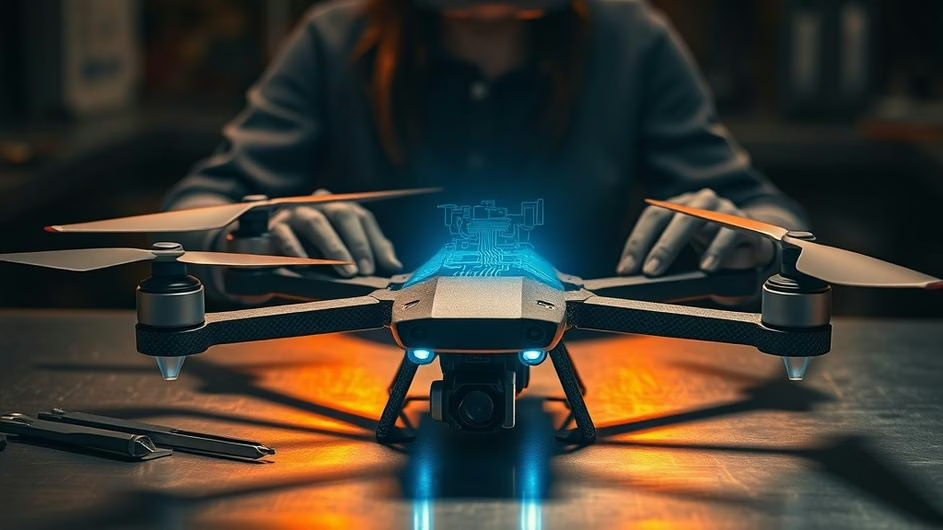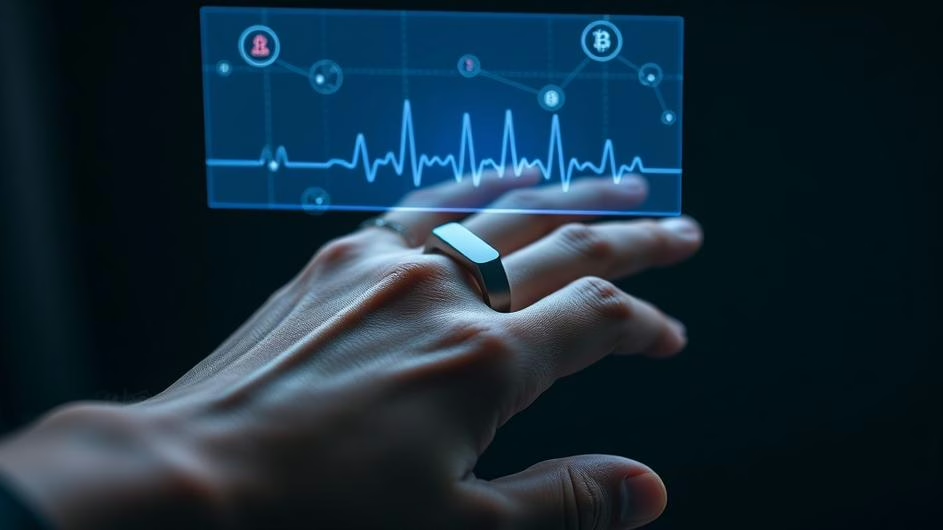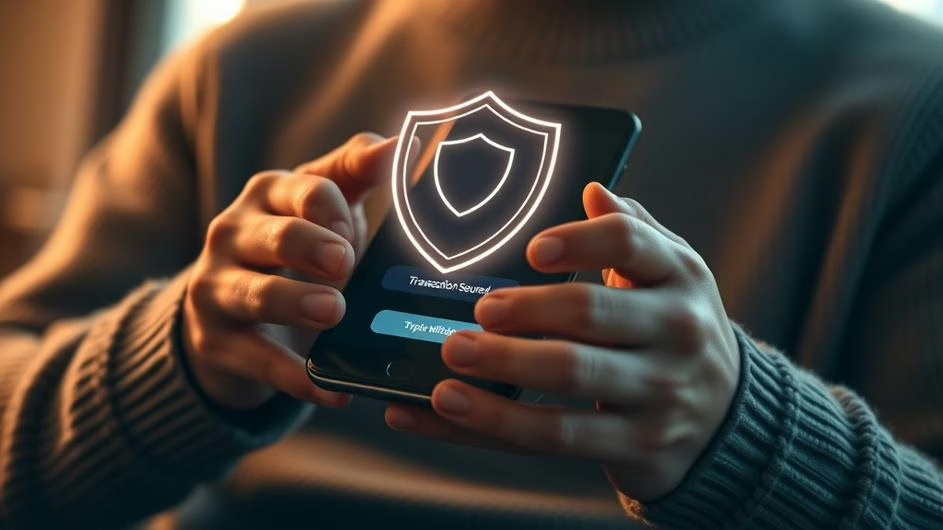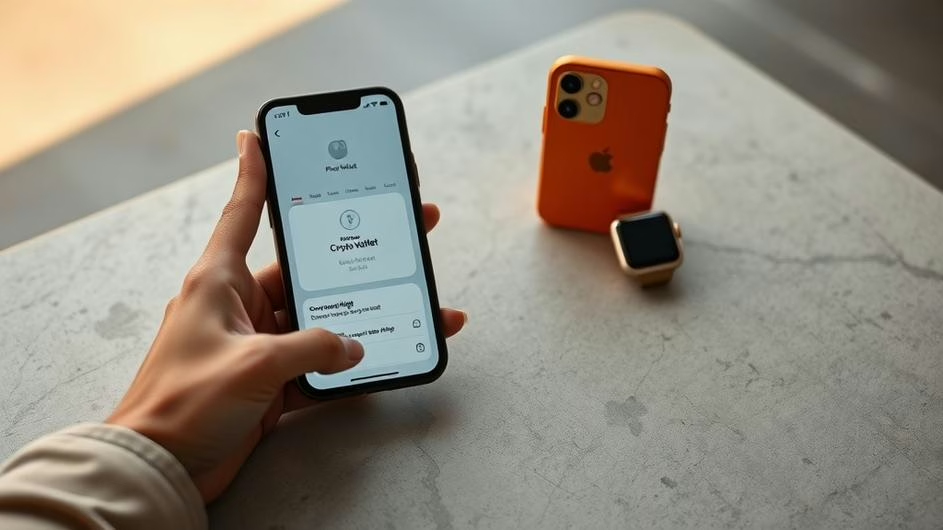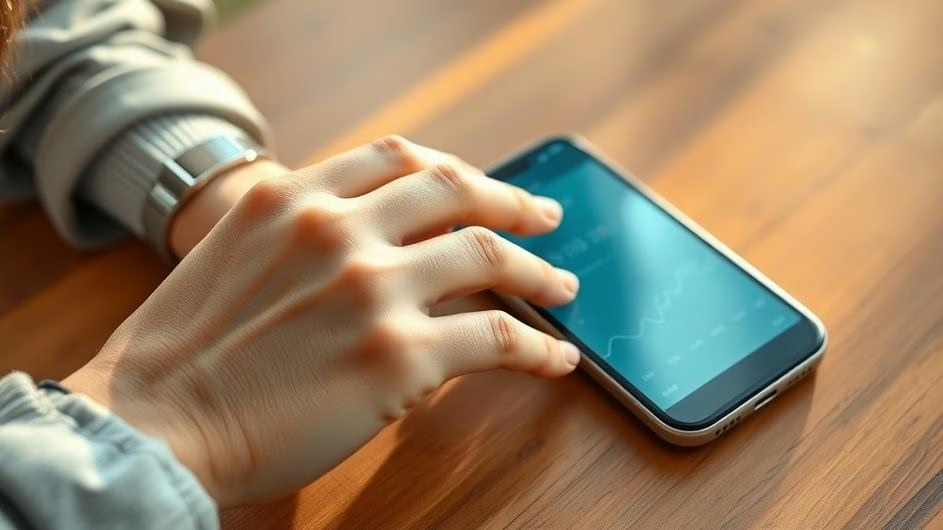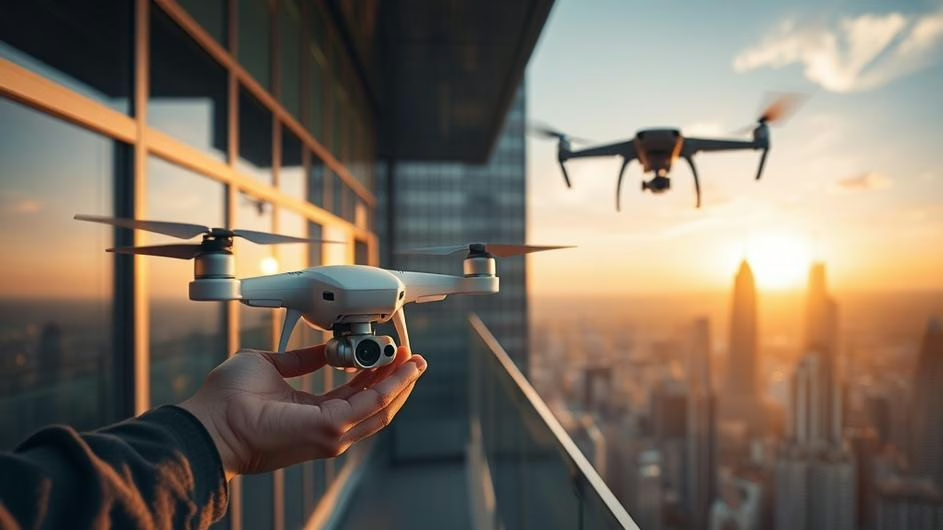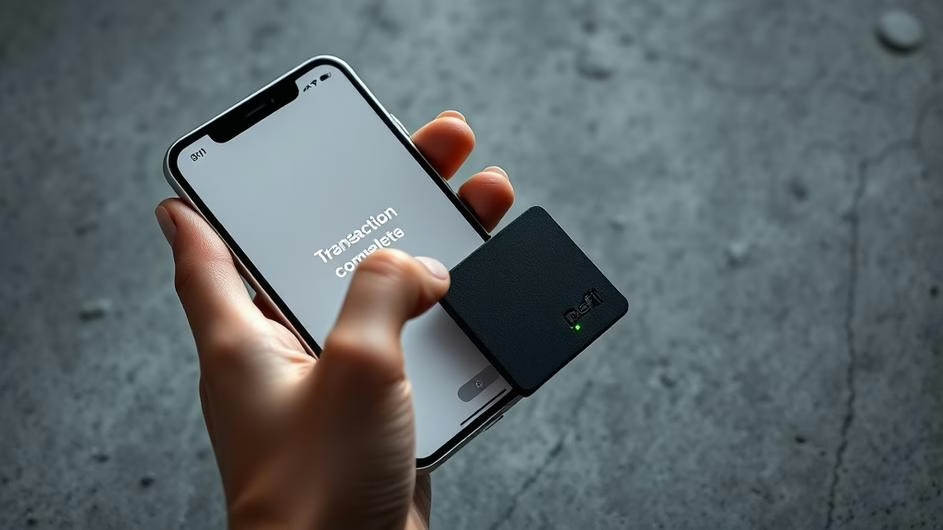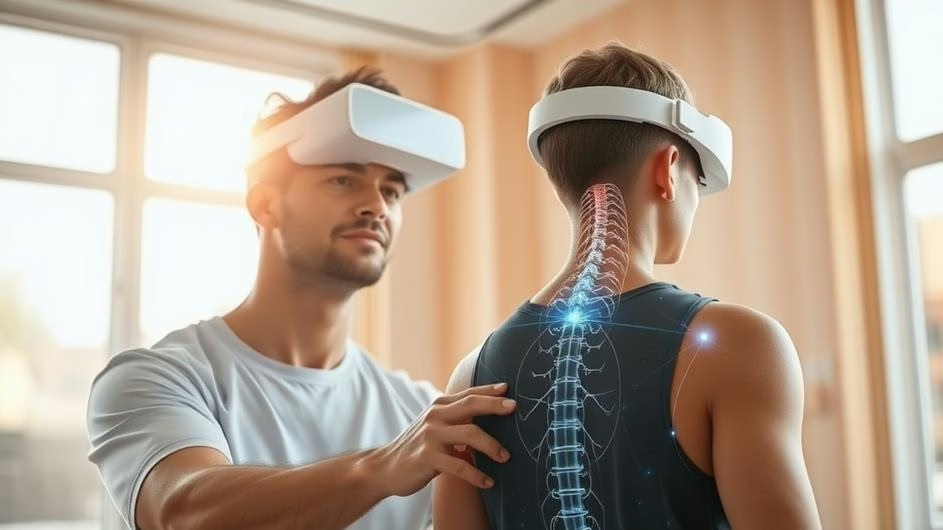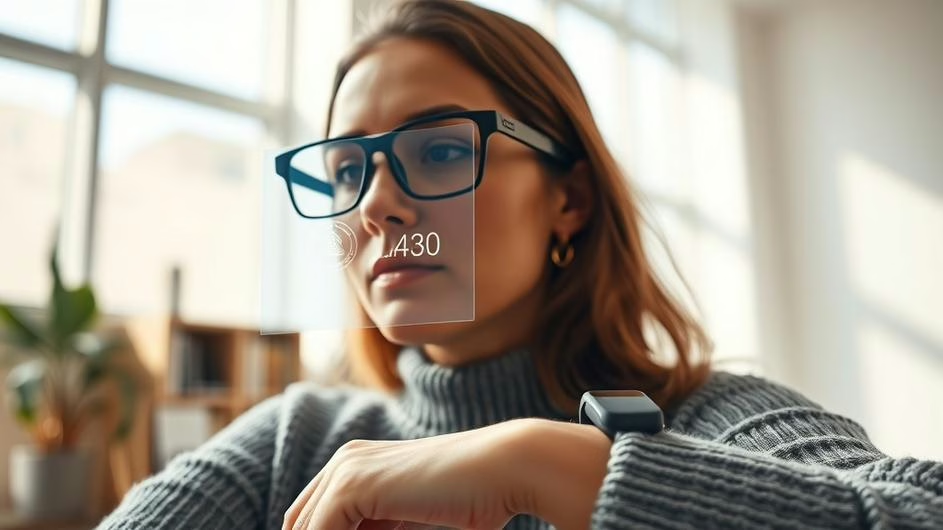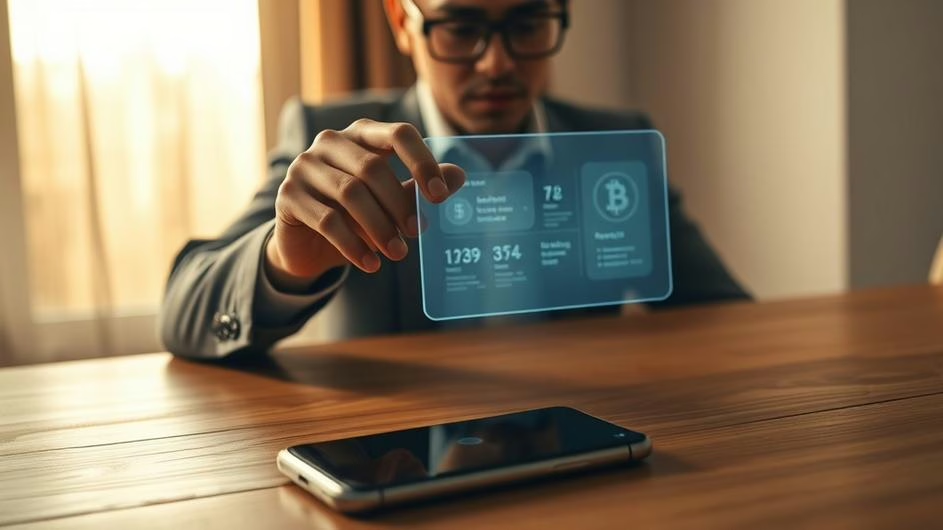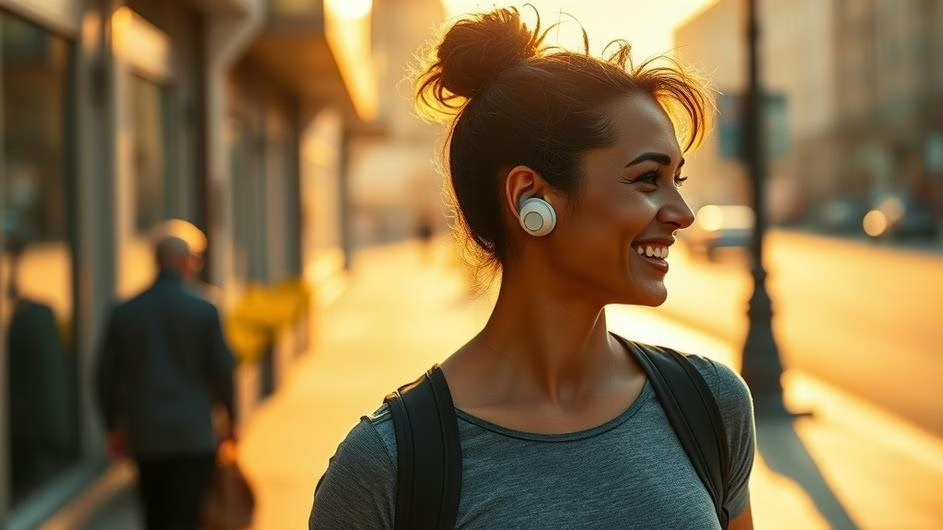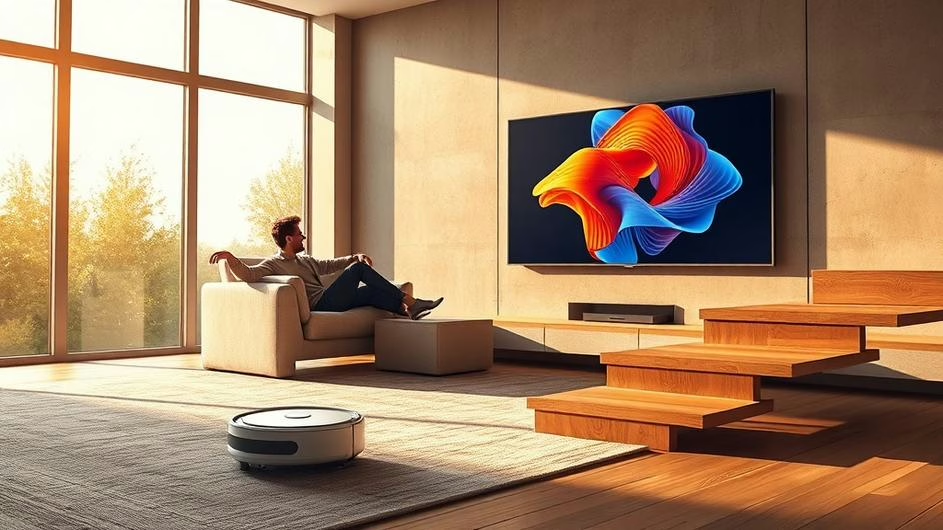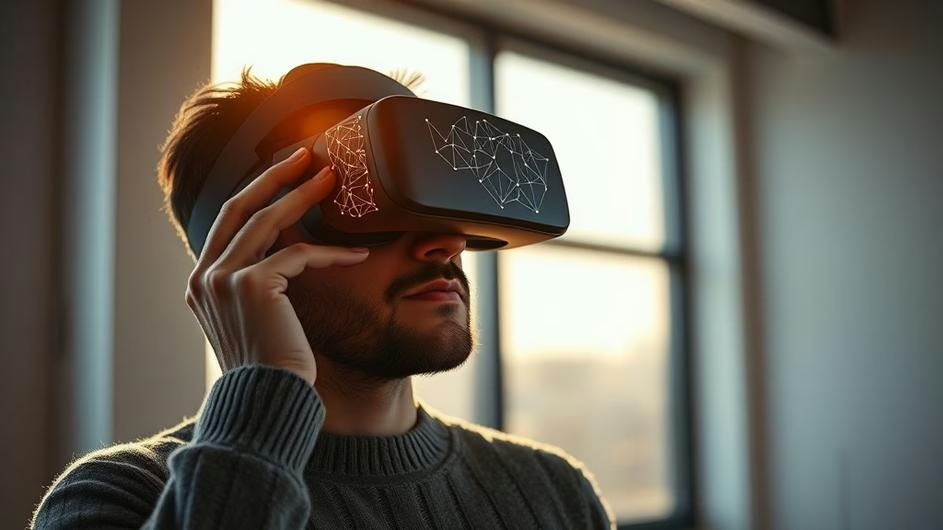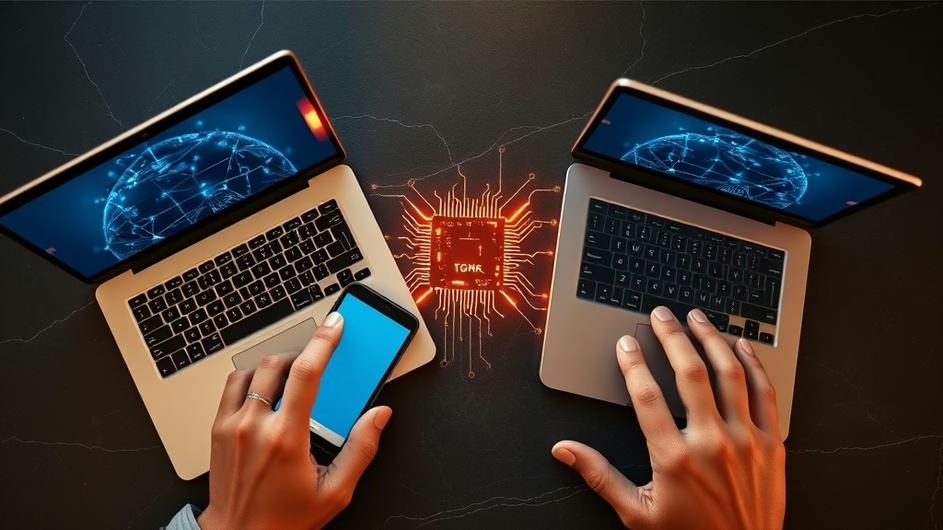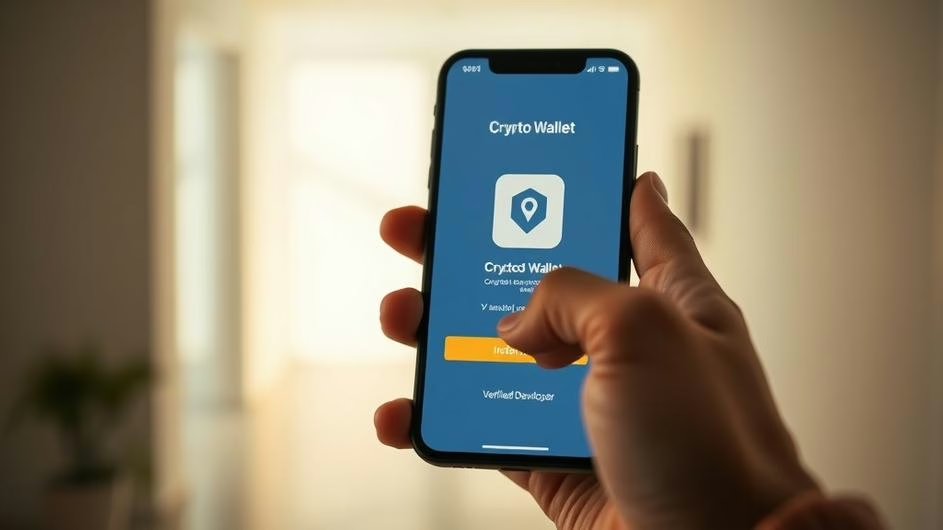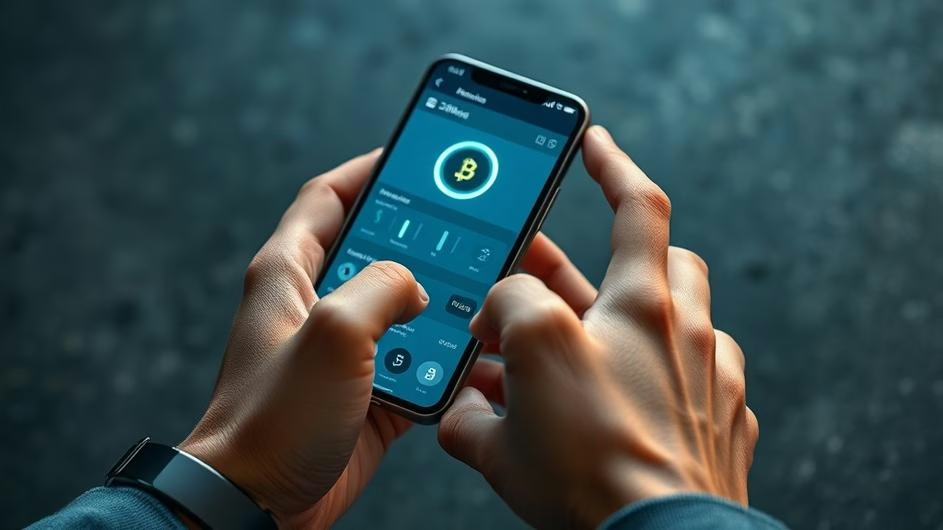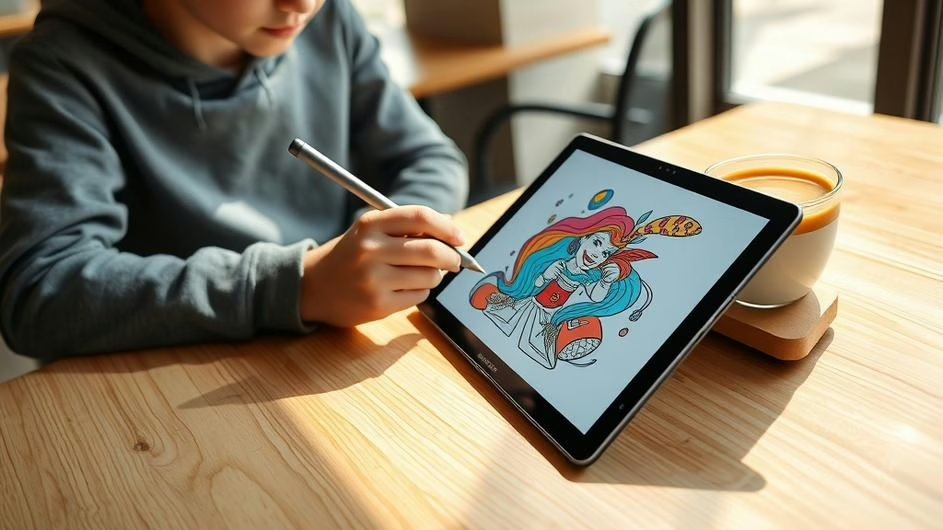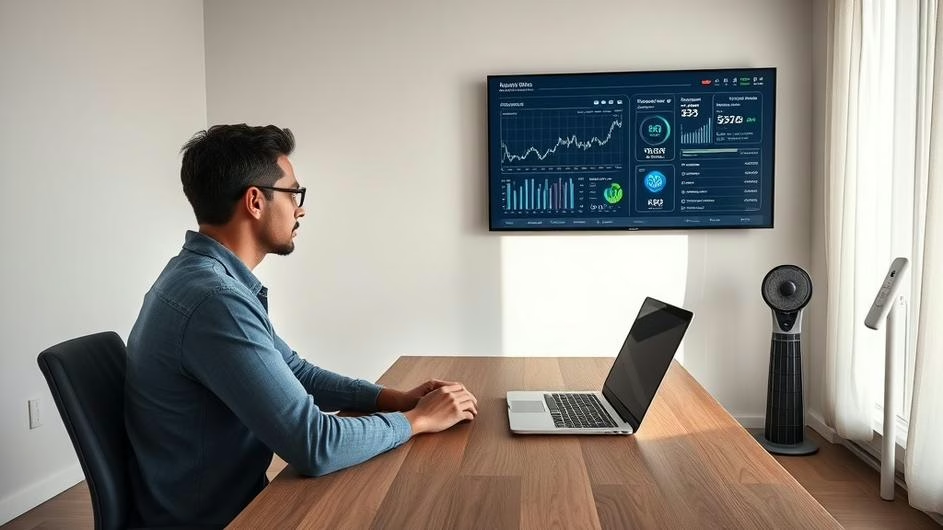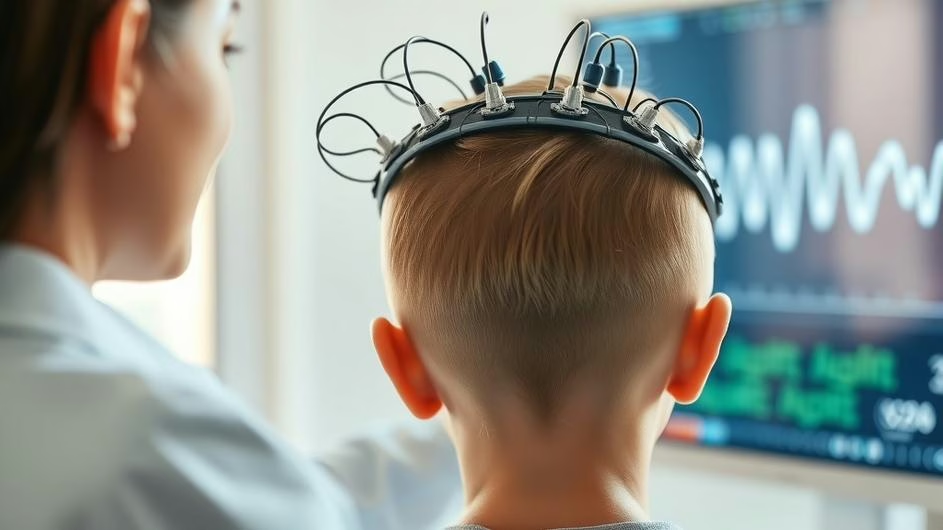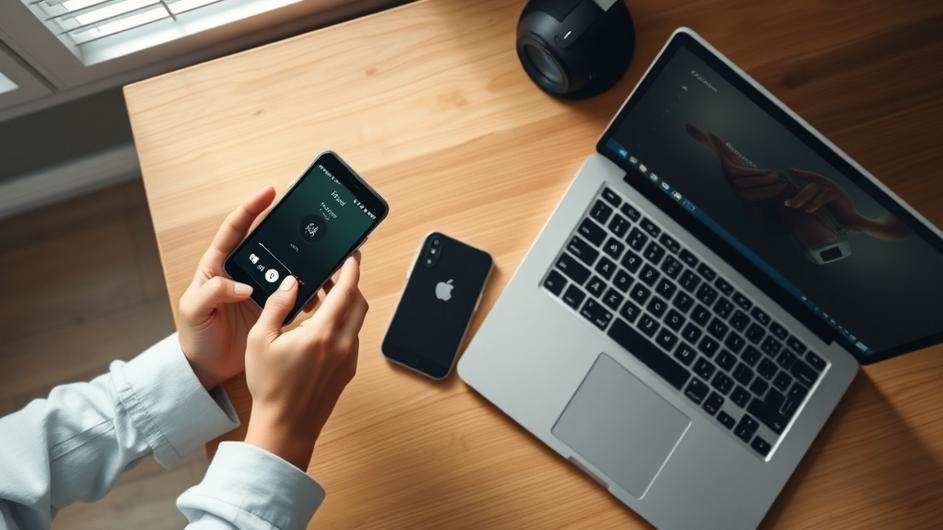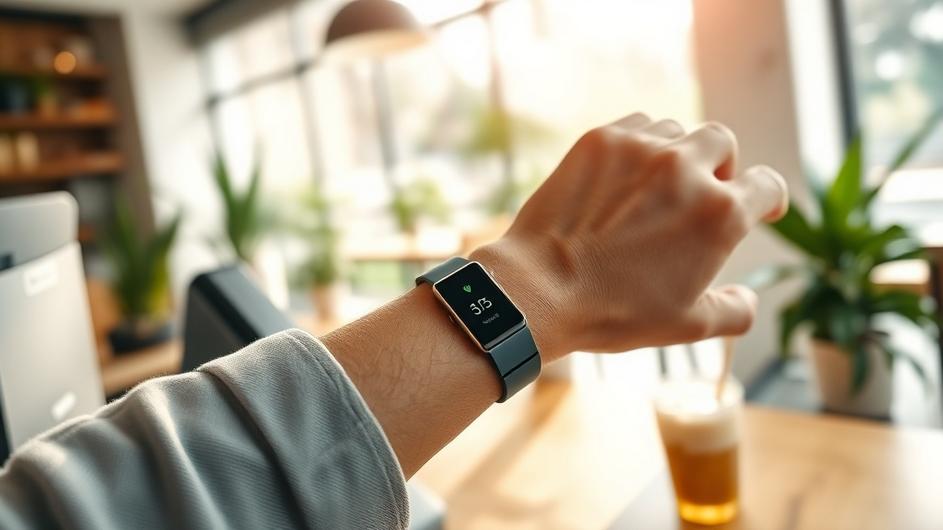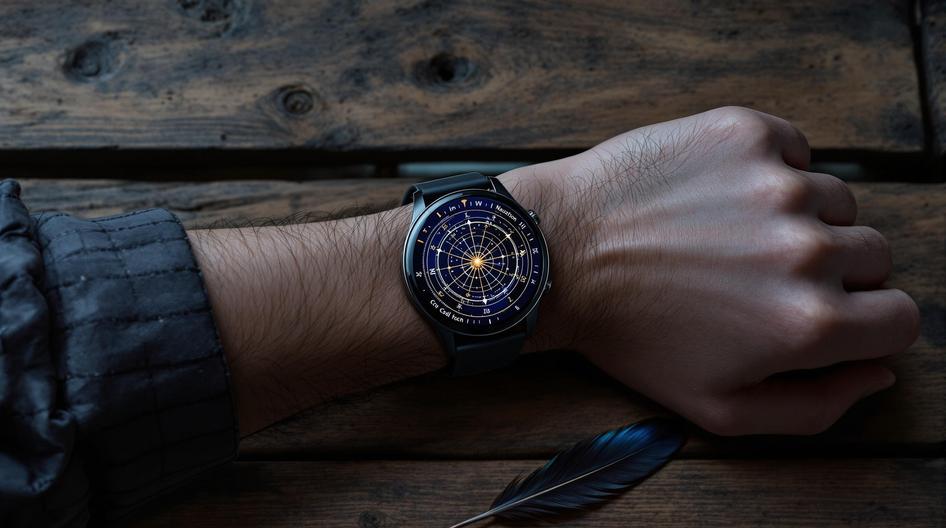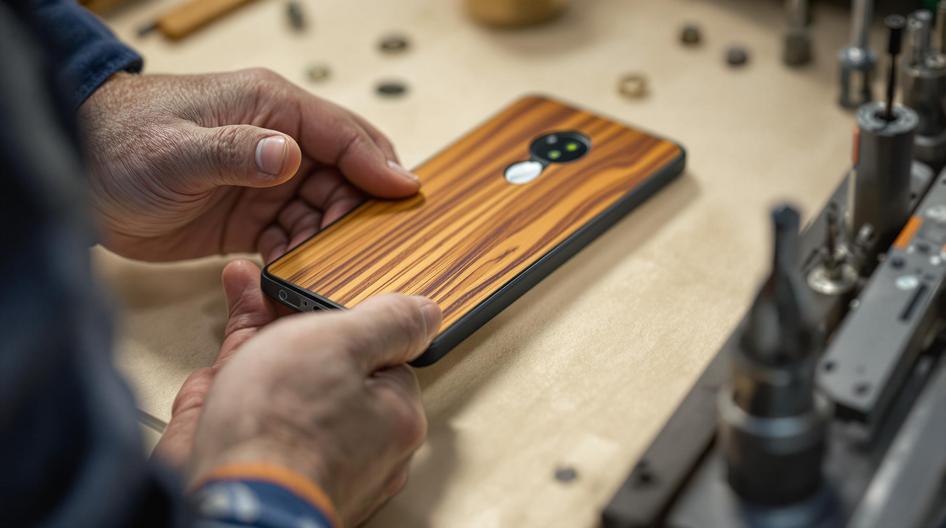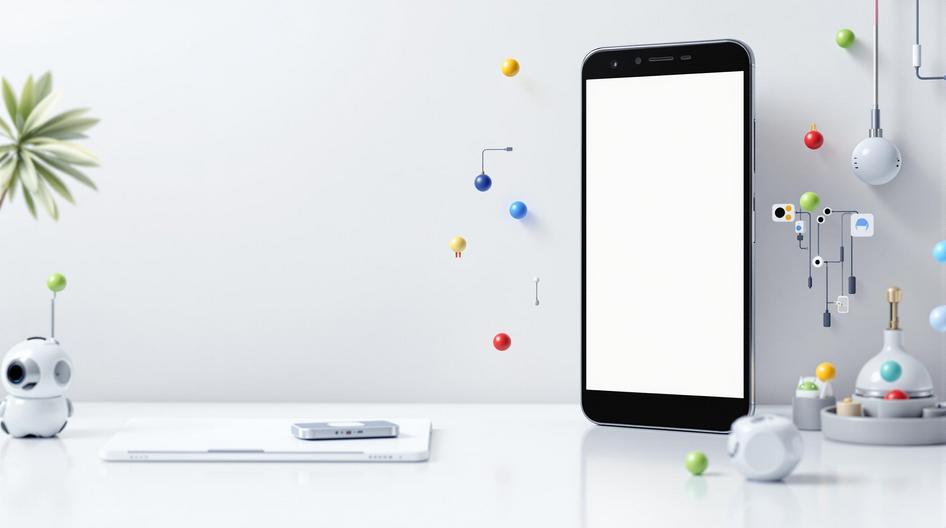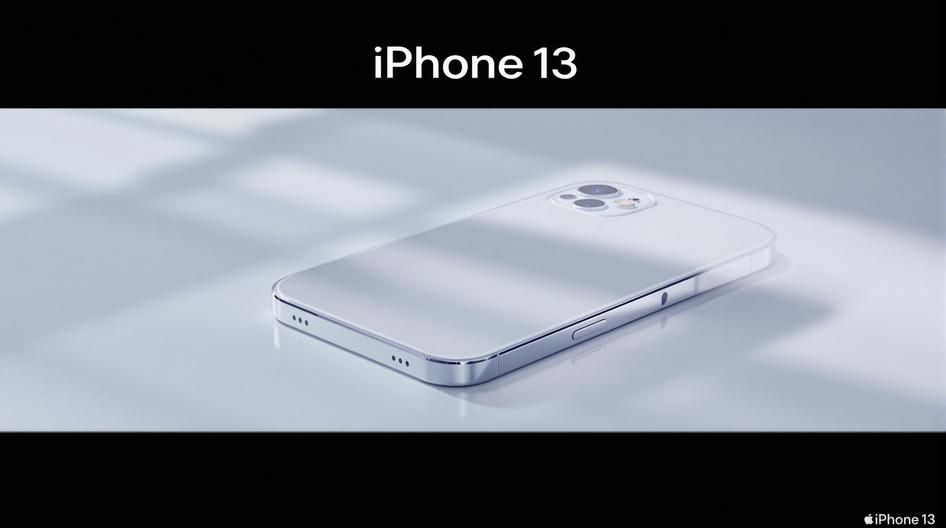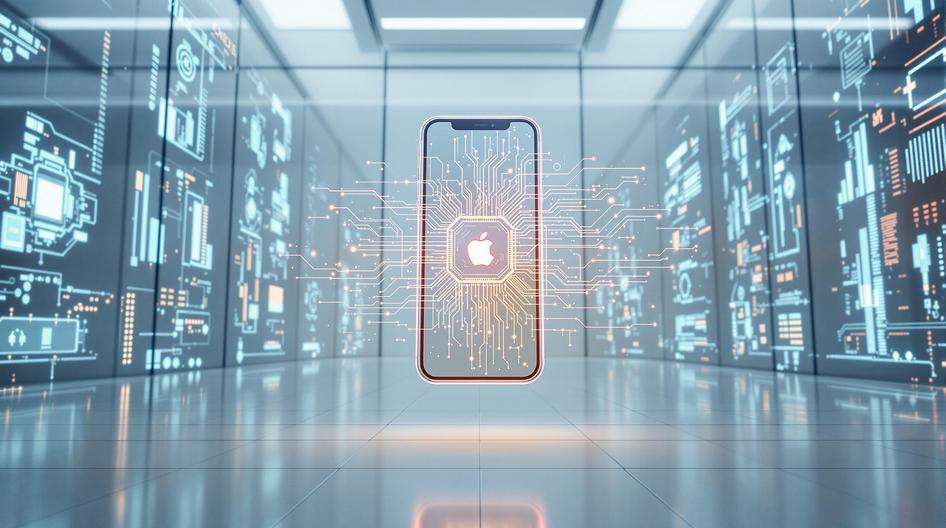
iPhone 17’s Bold Moves Hint at the Future of Personal Tech
Apple just shook up the smartphone game again. The iPhone 17 lineup isn’t your typical incremental upgrade cycle, and honestly? That’s exactly what the tech world needed. With crypto adoption accelerating and Web3 applications demanding more from our pocket computers, Apple’s latest moves feel perfectly timed.
What’s different this year? Apple finally stopped playing favorites with its Pro models. The base iPhone 17 packs features that would’ve been Pro-exclusive just two years ago. We’re talking smoother displays, lightning-fast charging, and a selfie camera that doesn’t make you look like you’re calling from 2018. All for the same $799 starting price.
For crypto users, these upgrades aren’t just nice-to-haves. When you’re managing digital wallets or confirming transactions on the go, every millisecond counts. Faster biometric unlocks mean quicker access to your assets. Better battery life means you won’t miss that crucial DeFi opportunity because your phone died.
The iPhone 17 Air Changes Everything
But here’s where things get interesting. Among the four new devices, reviewers are calling the iPhone 17 Air the real standout. It’s ridiculously light yet doesn’t compromise on the essentials. Think about it: when you’re juggling multiple crypto portfolios, running price alerts, and managing 2FA codes, you want a device that feels effortless to use.
The Air’s design philosophy makes sense for our increasingly digital-first world. As blockchain applications become more sophisticated, we need hardware that can keep up without weighing us down.
Pro Models Get Bold
Then there’s the iPhone 17 Pro in Cosmic Orange. Bold choice, right? Apple’s clearly trying to appeal to users who want their tech to make a statement. For content creators in the NFT space or developers building AR experiences for the metaverse, these cameras could be game-changers.
Rumors about next year’s iPhone 18 Pro suggest even bigger leaps in camera tech. We’re talking DSLR-quality shots that could revolutionize how creators produce content for virtual reality platforms and token launches.
Market Reality Check
Despite economic uncertainty and tariff concerns, iPhone 17 preorders are through the roof. Phone sales aren’t slowing down, which tells us something important about consumer priorities.
This momentum matters beyond Apple’s bottom line. Smartphones are the gateway drug for crypto adoption. Every new user who gets comfortable with mobile payments, biometric security, and app-based financial management is one step closer to exploring DeFi, NFTs, and Web3 applications.
Picture this: you’re at a coffee shop, spot an interesting NFT drop, and want to mint immediately. With improved processing speeds and better connectivity, these transactions become as smooth as ordering your latte. That’s the kind of seamless experience that brings mainstream users into the crypto ecosystem.
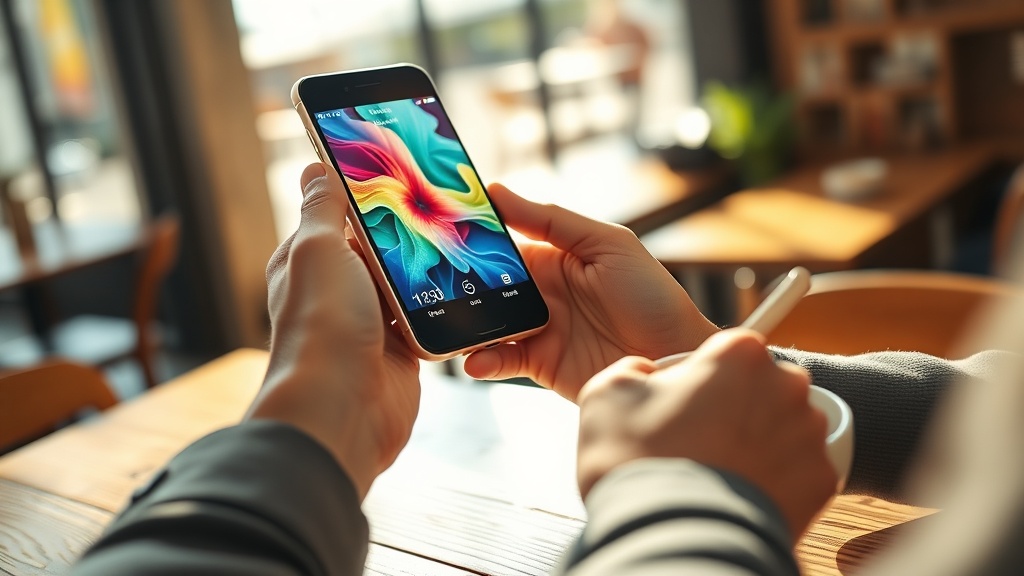
Software Gets Serious
Apple also tackled some unsexy but crucial improvements. Recent updates fix dropped call issues, which might seem trivial until you realize how much of our financial communication happens over encrypted calls and secure messaging apps.
Missed a call during a time-sensitive DeFi transaction? That’s not just annoying, it’s potentially expensive. For crypto-native users, reliability isn’t a luxury, it’s essential infrastructure.
The Dark Side of Progress
Not everything’s rosy though. New research highlights concerning phone usage patterns, particularly around mindless scrolling during private moments. As our devices become more capable and addictive, we need to think seriously about digital wellness and privacy.
For developers building the next generation of apps, this creates an interesting challenge. How do you create engaging experiences without exploiting user attention? It’s a question that becomes even more complex when real money and digital assets are involved.
Looking Forward
The iPhone 17 signals something bigger than just another product cycle. It reflects growing expectations that consumer tech should seamlessly integrate with our digital financial lives. Biometric security, instant payments, high-quality content creation, and rock-solid connectivity aren’t nice-to-haves anymore. They’re table stakes.
As we move toward a world where smartphones function as our primary interface for personal identity, financial management, and virtual experiences, each hardware improvement brings us closer to true Web3 integration. The iPhone 17’s feature set isn’t just about today’s users. It’s about building the foundation for tomorrow’s decentralized digital economy.
Apple’s betting that the future of personal technology lies at the intersection of hardware innovation, software refinement, and financial integration. Given the market response so far, that bet looks pretty smart.
Sources
I tried every new iPhone. There’s only one I wouldn’t buy, here’s why – Digital Trends, October 16, 2025
iPhone 17 Preorders Spike and Overall Phone Sales Aren’t Slowing Down Despite Tariffs – CNET, October 14, 2025
Apple iPhone 17 Review – IGN, October 17, 2025
If Your iPhone Keeps Dropping Calls, Apple’s Latest Software Fix Should Help – CNET, October 13, 2025
Study Reveals Doomscrolling While Using the Bathroom Has a Hidden Risk – CNET, October 11, 2025

